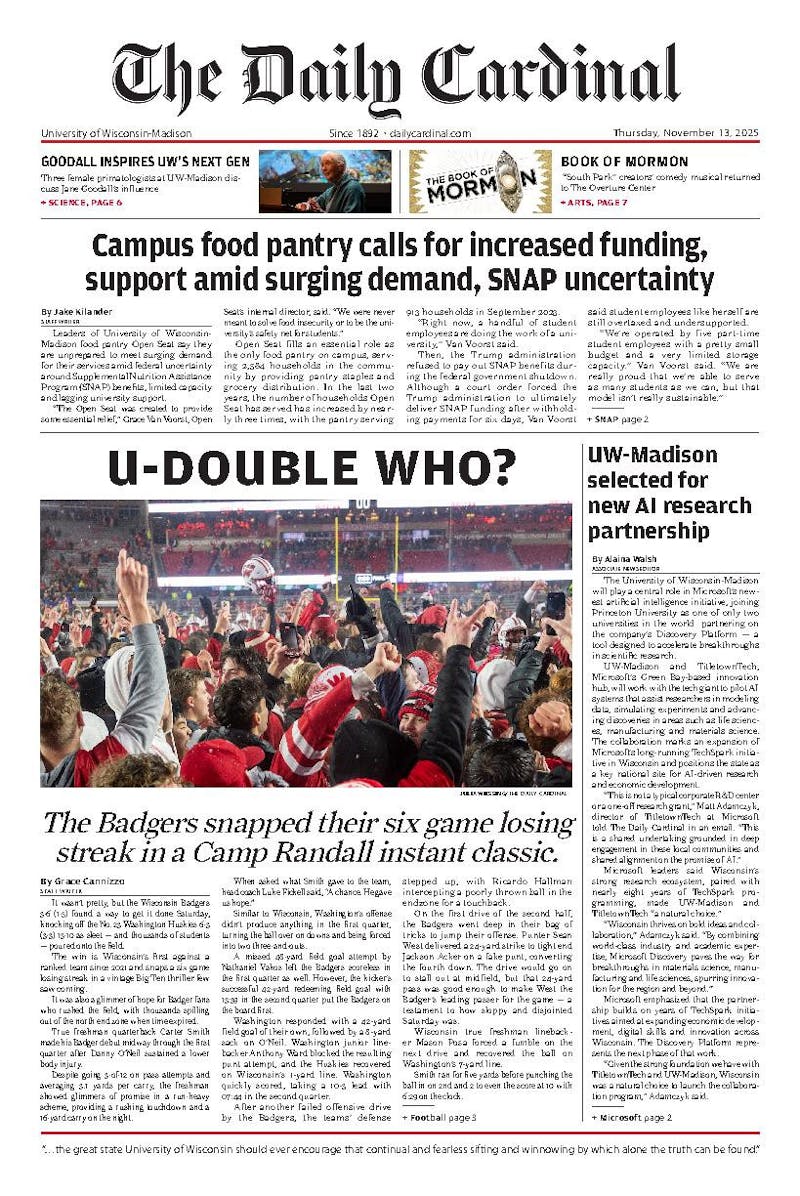Almost as quickly as the Senate ratified President Bush's No Child Left Behind Act in 2002, it abandoned the policy on the proverbial doorstep. In another step toward prioritizing education last month, Senate Republicans sneaked a $3.75 billion college-aid provision into the budget. Both bills have potential to improve public education on the condition that they do not get left behind.
Following ratification, NCLB encountered several policy glitches'??an overly strict rating system, a lack of access to transfer schools and a shortage of aid to failing schools, among others. Facing public contempt for NCLB, Democrats reversed their stance on the act and decried it as a Republican failure, even though NCLB draws from framework developed by the Clinton administration in 1994.
One failure of NCLB rests in the cost paid by bright students who receive stunted education while their peers work to meet standards. Nonetheless, NCLB provides much-needed resources and improved education to minority students whose residential tax bases often provide only meager funding to academically-deficient schools.
The senate will likely not resurrect NCLB to fix any problems, but the new college-aid plan may assist the secondary education of both bright students and minority students, assuming funding for NCLB remains in tact.
Under the new college-aid plan, the federal government intends to rate the quality of the nation's 18,000 high schools and grant scholarships to college freshmen and sophomores students who complete a 'rigorous secondary-school program of study.'
To achieve a high rank, high schools may introduce advanced courses tailored for the brightest students. This could counteract the cost students pay under NCLB while ensuring that struggling students meet education standards.
Yet, if the government intends to increase its scope of influence in public education, it must demonstrate dedication to the new college-aid plan. Otherwise, flat-lined funding could lead to vouchers for education or, even worse, privatization.
The nation could benefit from a government committed to education reform. The new college-aid act could prove invaluable to the nation's youth with its ability to facilitate the pursuit of higher education for bright, struggling and disadvantaged students.
Locally, Gov. Jim Doyle introduced a new proposal, the Wisconsin Covenant, to address the strains of rising college tuition and the achievement level of students at public schools. The Covenant would include any eighth-grade student who demonstrates financial need, agrees to maintain a B average in high school, completes specific academic requirements and applies for financial aid.
If adopted by the state legislature, the proposal could amend the UW tuition crisis in the long term, but it does not address the fiscal crisis faced by current university students. The Wisconsin Covenant has potential for excellence, but NCLB received similar fanfare upon its introduction to the public and has since stagnated.
Thus, both the federal and state government must seek to fix problems currently existing in public education before they embark on new reforms. The state Covenant and the federal college-aid plan will only result in success if the respective governments commit to overcoming legislative obstacles instead of pointing the partisan finger. Otherwise, education reform could end up on the doorstep of private interests and at the public's expense.





